
Why do we have to leave our phone face down on the table when we are not using it?
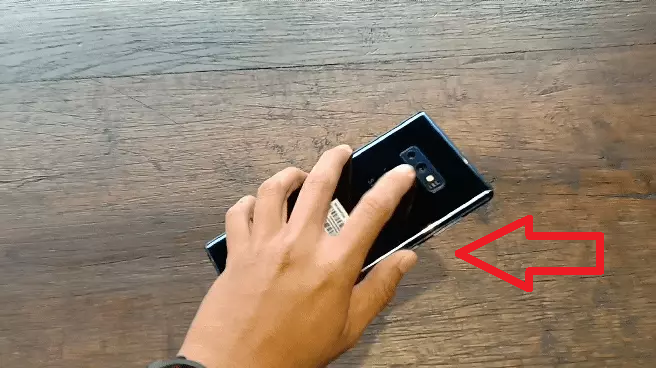
You’ve probably noticed it — someone at a café, in a meeting, or during dinner quietly flips their phone face-down on the table. It looks simple, even polite, but this small gesture actually carries several practical, psychological, and social benefits.
Here’s a detailed look at why people do it — and when it makes sense to follow suit.
🔒 1. Privacy — Keeps Notifications Out of Sight
When a phone lies face-up, notifications like texts, emails, or message previews pop up on the screen for everyone nearby to see. Even if it’s unintentional, this can expose private conversations or sensitive information.
By placing the phone face-down, you instantly hide message previews, keeping personal content discreet. This is especially useful:
-
In meetings, to avoid flashing messages across the table.
-
On dates, to maintain privacy and attention.
-
In public spaces, where others might glance at your screen.
👉 Face-down = screen hidden = personal life stays private.
🧠 2. Fewer Distractions — Helps You Focus
Modern phones are designed to capture attention — every vibration, banner, or glowing icon can trigger the urge to check what’s new. Even if you don’t pick it up, that brief flash can break concentration.
Putting your phone face-down removes the visual trigger altogether. Without the light or motion from the screen, your brain is less likely to enter the “notification loop,” giving you space to focus on work, conversation, or rest.
Psychologists call this “reducing cognitive load.” Out of sight often truly means out of mind — at least for a while.
🤝 3. Etiquette and Respect — A Subtle Social Signal
Flipping your phone face-down can also be a sign of courtesy and attentiveness. In social settings, it tells others: “You have my full attention.”
It’s a quiet way to show respect, especially during meals, meetings, or conversations. In fact, some etiquette experts say that leaving a phone face-up on the table can appear as though you’re waiting for a more important message.
So, placing it face-down (or keeping it away entirely) signals presence — a nonverbal message that strengthens personal connections.
🔕 4. Auto-Silencing Features on Modern Phones
Some smartphones now recognize when they’re placed face-down and automatically mute notifications, dim the display, or activate Do Not Disturb mode.
For example:
-
iPhones use sensors to detect the face-down position and reduce screen lighting to save battery.
-
Android phones often have “Flip to Shhh” or “Flip to DND” features that silence calls and alerts instantly.
This automation helps users stay focused without manually changing settings — ideal for meetings, driving, or bedtime.
🧼 5. Screen Protection — Keeps It Safe from Minor Hazards
On a clean, flat surface, setting your phone face-down can shield the screen from splashes, crumbs, or dust. It also prevents exposure to sunlight, which can heat up or fade the display over time.
However, this works only on clean, smooth surfaces (like a desk or glass table). On rough surfaces, grit or debris could scratch the screen or camera rim.
💡 Tip: A tempered-glass screen protector and a slim case make this practice safer and more effective.
⚙️ 6. Avoids Accidental Wakes and Taps
Touchscreens are sensitive. If your phone is near the edge of a table or you bump the surface, it can accidentally wake, register taps, or open apps unintentionally.
Keeping it face-down reduces those accidental screen activations — useful if you’re working, cooking, or moving around the house. It also prevents light from flashing in dim environments, such as a dark bedroom or theater.
🚫 When Not to Place It Face-Down
While this habit has benefits, there are situations where it’s not ideal:
-
Wireless Charging: Most chargers require the phone to be face-up for proper contact.
-
Camera Protection: Some phones have protruding lenses that can be scratched when placed face-down.
-
Overheating: On soft surfaces like beds or couches, face-down placement can trap heat.
-
Active Screen Use: If you rely on timers, alarms, or music controls, face-up is simply more practical.
🧭 Practical Tips
-
Combine face-down placement with Do Not Disturb mode for maximum focus and privacy.
-
Always set it on a clean, hard surface to avoid scratches.
-
Use screen protectors and sturdy cases for peace of mind.
-
If you’re expecting urgent calls, set up exceptions in your DND settings so only priority contacts can reach you.
🧩 Quick Summary
Placing your phone face-down is more than a casual gesture — it’s a small act of mindfulness.
✅ Benefits:
-
Protects your privacy by hiding notifications
-
Reduces visual distractions
-
Shows attentiveness and social respect
-
Triggers automatic silencing on some phones
-
Prevents accidental screen wakes
⚠️ When to avoid it: during wireless charging, on rough surfaces, or if your phone tends to overheat.
👉 In short: flip it face-down when you want privacy, focus, and presence — flip it face-up when you need convenience and quick access.
News in the same category

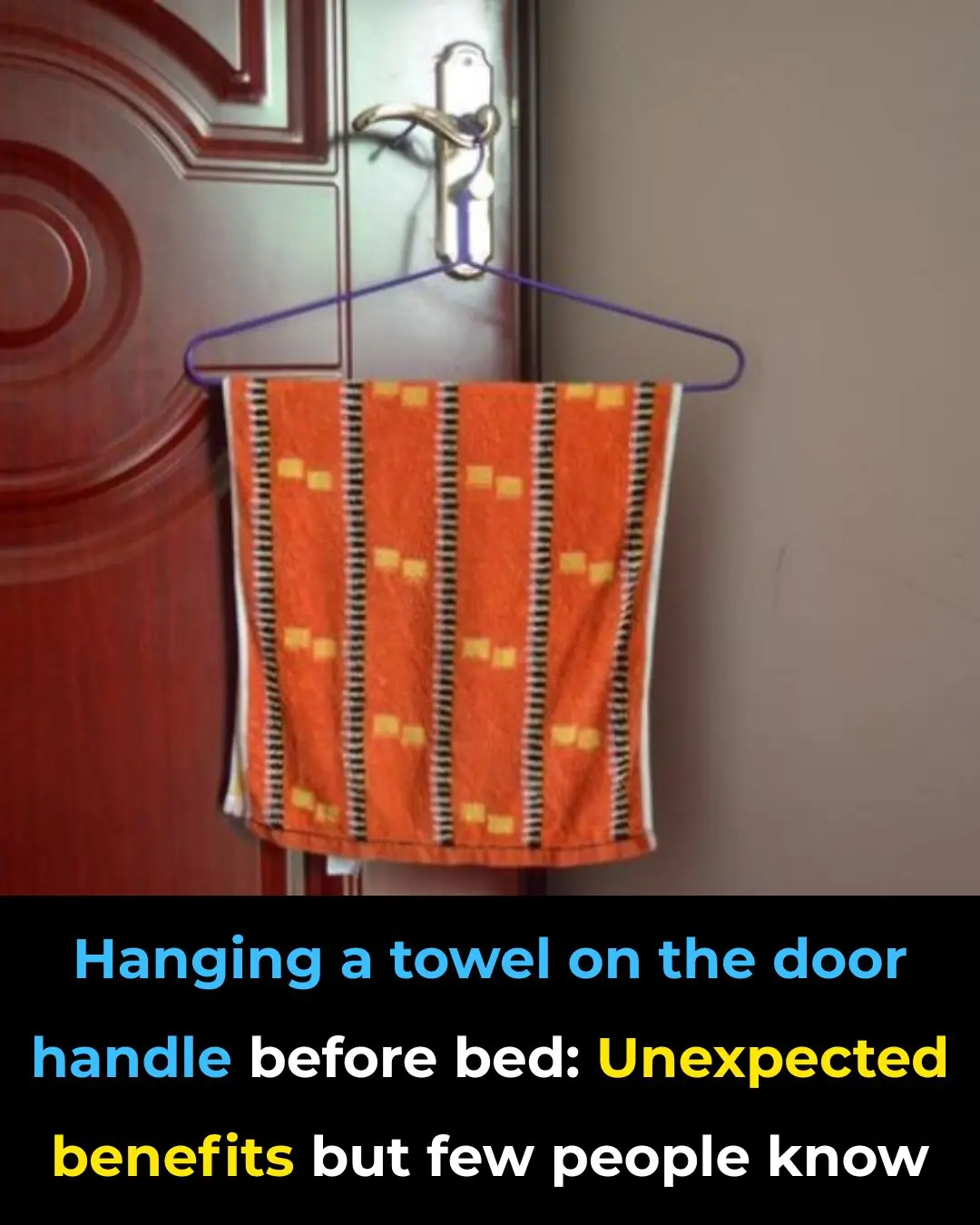
Hanging a towel on the door handle before bed: Unexpected benefits but few people know

Tips for conditioning your hair with over-cooked bamboo shoots

Treat premature gray hair thanks to the black dye formula

Magic Eraser can be used for almost anything, but here's what you didn't know

Wrong understanding turns water purifiers into diseases, remove them immediately to avoid harming the whole family

The house is full of dust even though it is cleaned regularly

Pour hot water over the apple

It's rainy and humid, and there's no dryer at home. Do this to dry clothes quickly and keep them from smelling bad.

Add this one thing to cooked rice to make it 10 times more delicious and the nutritional value also increases many times.

Boil pork that is both red and fishy: Drop this into the pot, the meat will cook evenly and release all dirt.

Tell mom how to make standard, crispy and irresistibly delicious banh xeo
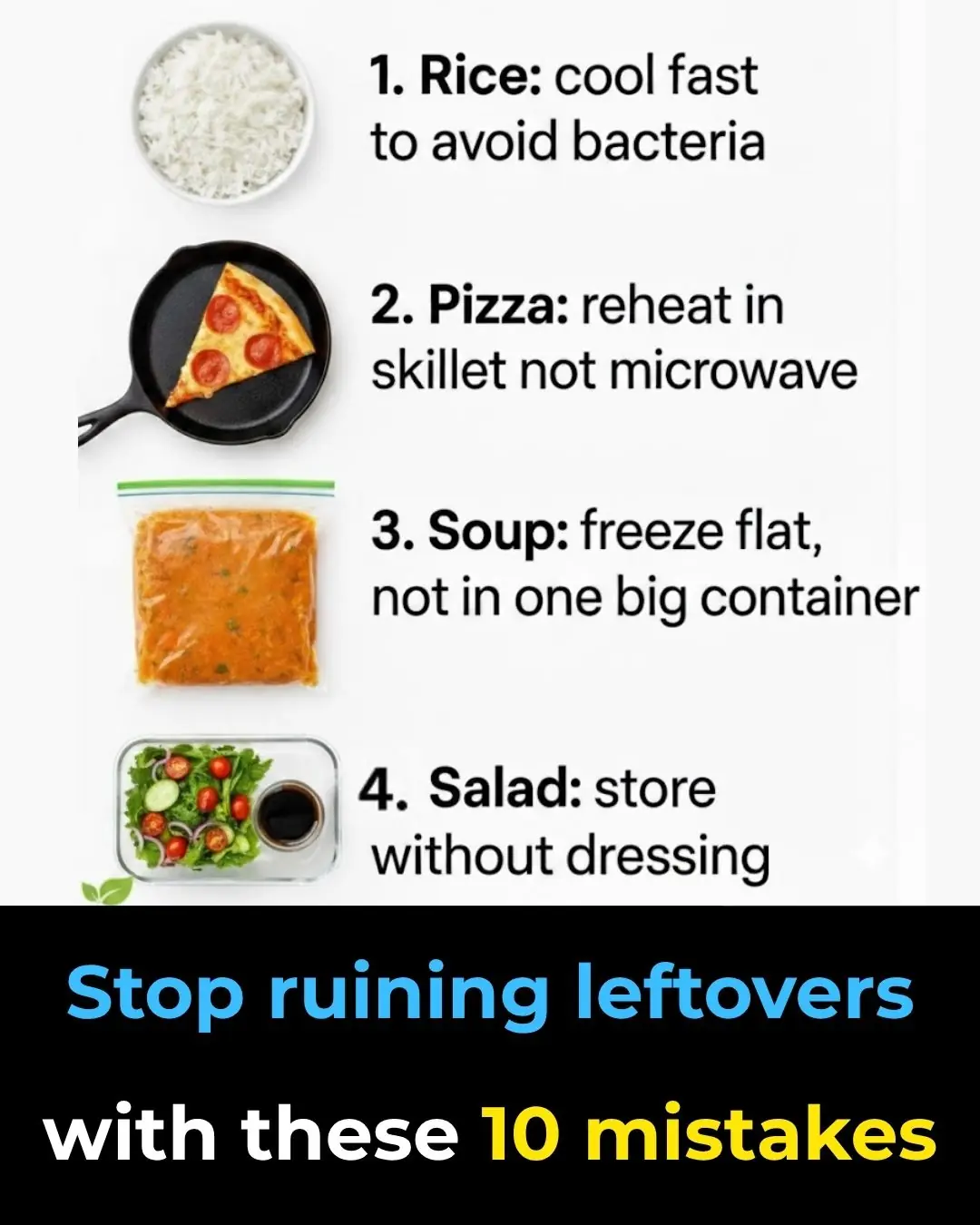
Stop ruining leftovers with these 10 mistakes

You're doing it all wrong. Here’s the right way to store tomatoes
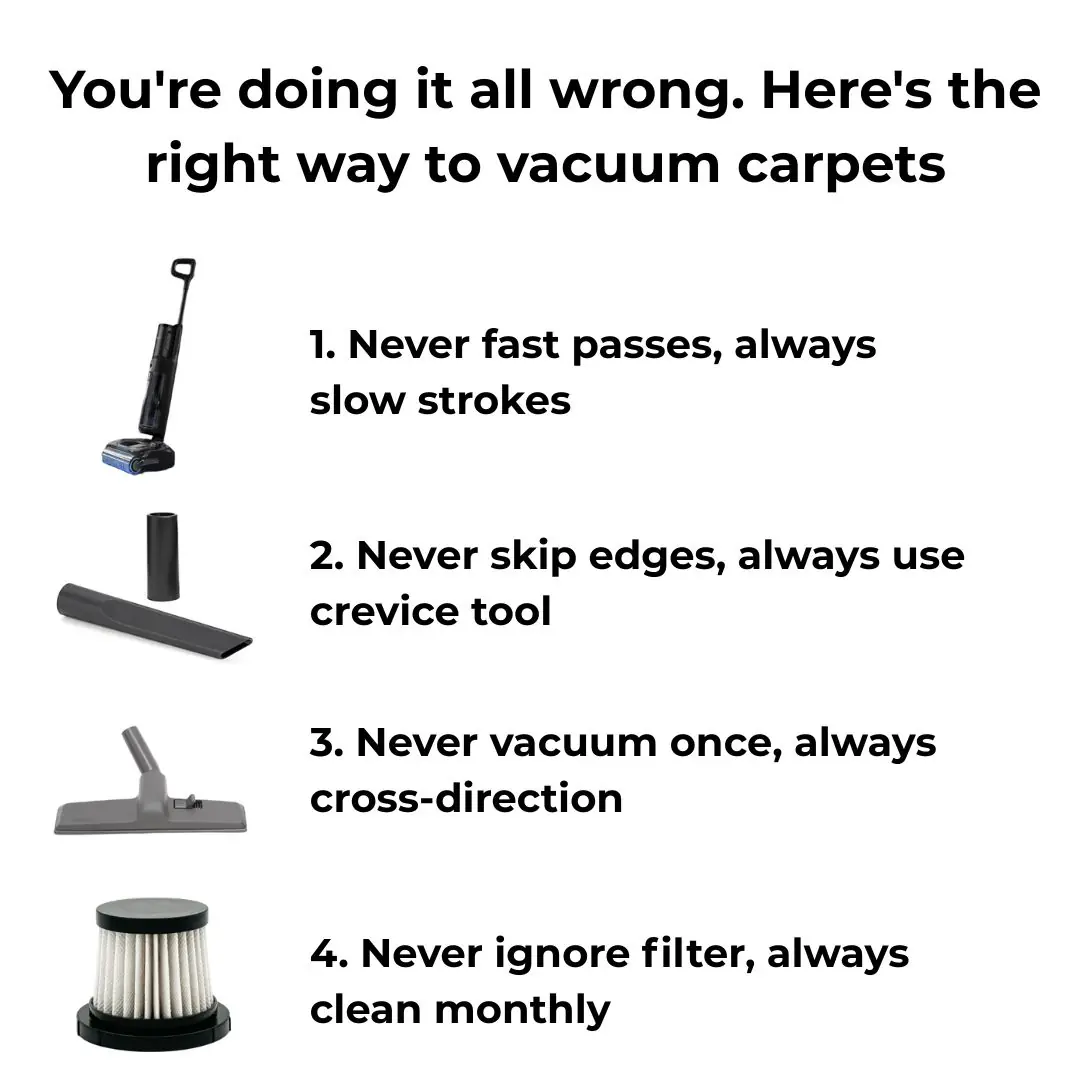
You’re doing it all wrong. Here’s the right way to vacuum carpets
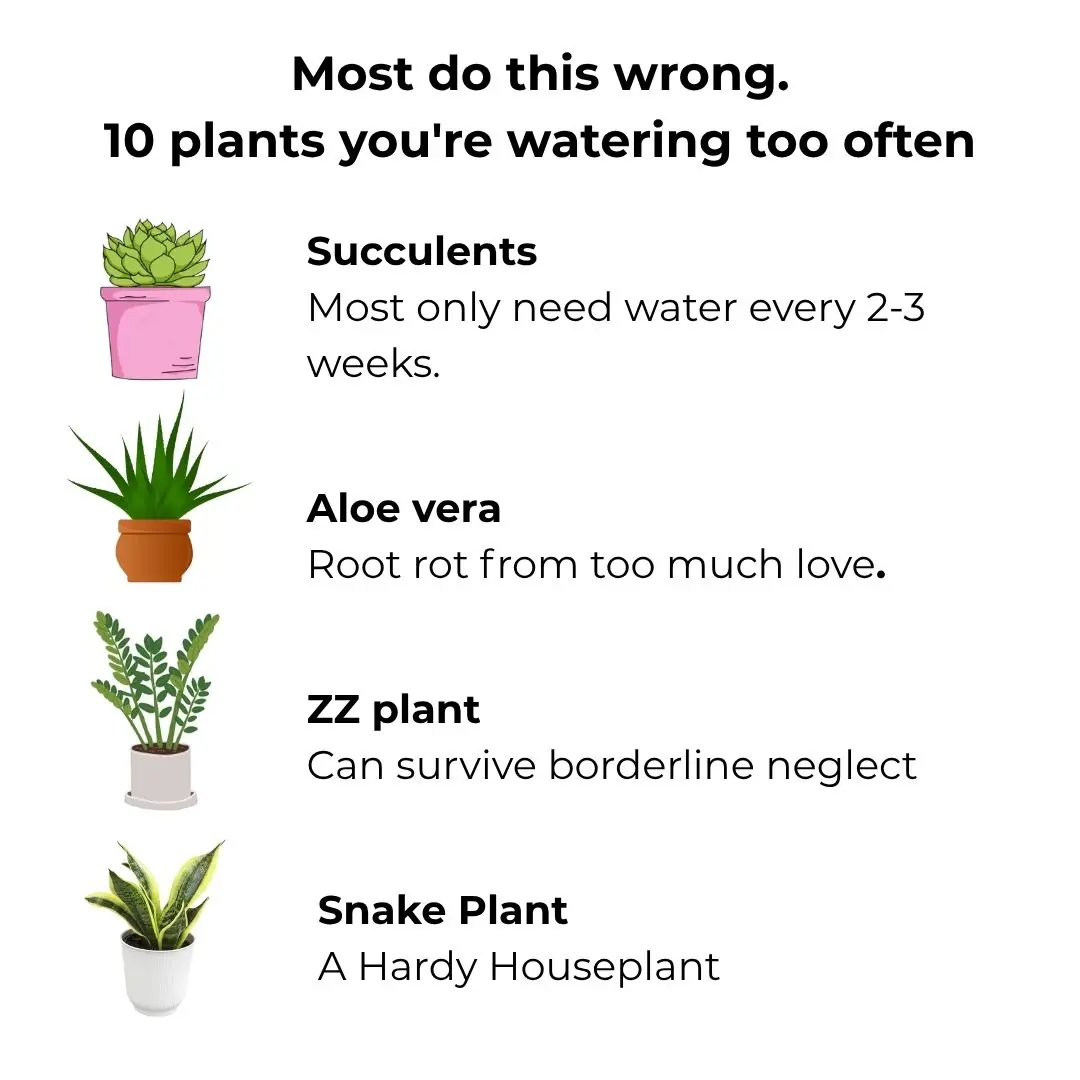
Most do this wrong. 10 plants you’re watering too often

Most don’t know. 12 brilliant ways to use WD-40 around the house

When frying lolot leaf patties, remember to take an extra step so the patties turn out fragrant, bright green, and not darkened.
News Post

Can Onion Juice Gently Support Eye Health? A Natural Tip to Try

Bed Bugs Hate This! How Diatomaceous Earth and Cloves Can Wipe Them Out

These are the consequences of sleeping with the…

5 Common Foods That Often Contain Parasites — Many People Eat Them Daily

1 Vitamin Stops Calcium Buildup in Arteries and Heart

S:ida Acuta: Exploring the Healing Properties of this Herbal Remedy

DIY Flaxseed Collagen Night Gel for Hydration and Rejuvenation

10-Day Licorice Treatment for Dark Spots: Fade Pigmentation and Achieve Glowing Skin Naturally

Easy Recipe to Make ABC Collagen Ice Cubes at Home: The Secret to Glowing, Firm Skin

2 Mins Black Shampoo For Grey Hair

Why this doctor refuses to prescribe statins for high cholesterol

The 'divine' secret to frying

Hanging a towel on the door handle before bed: Unexpected benefits but few people know

Tips for conditioning your hair with over-cooked bamboo shoots

Treat premature gray hair thanks to the black dye formula

What Are These Strange Black Dots In Your Kitchen

Magic Eraser can be used for almost anything, but here's what you didn't know

Wrong understanding turns water purifiers into diseases, remove them immediately to avoid harming the whole family
